Last Updated on April 2, 2023
A malfunction in the fuel injection system is indicated by the diagnostic trouble code (DTC) P228F. Often discovered in 6.7 Powerstroke diesel engines, this code can result in many issues, including decreased engine performance, poor fuel efficiency, and higher emissions. The meaning of P228F, potential causes, symptoms, and solutions will all be covered in this article.
What does the trouble code P228F denote?
The diagnostic problem code P228F indicates an issue with the fuel injection system. The fuel pressure regulator, which keeps the fuel pressure flowing consistently to the injectors, is particularly mentioned in the code. Reduced engine performance, poor fuel efficiency, and higher emissions are just a few of the issues resulting from a malfunctioning or broken fuel pressure regulator.
Possible Reasons:
P228F might have a variety of reasons. The following are a few of the most frequent causes: defective fuel pressure regulator, blocked fuel filter, faulty fuel pump, and gasoline lines that are rusted or damaged. Fuel injection system electrical problems may also enjoy this DTC.
Symptoms:
The following signs point to a fuel injection system issue: reduced engine performance, decreased fuel efficiency, more emissions, and rough idle engine starting issues. Check the malfunction indicator light if it is activated. These are some of the most common Symptoms of the error code P228F.
Complete Diagnosis Process
Diagnosing the P228F code requires a few steps, including:
Apply a diagnostic scanner:
The first step in determining the cause of the P228F error code is to utilize a diagnostic scanner to retrieve the code and associated codes. The scanner will offer details on the fuel pressure, the fuel rail pressure sensor, and other pertinent data that may aid in locating the issue.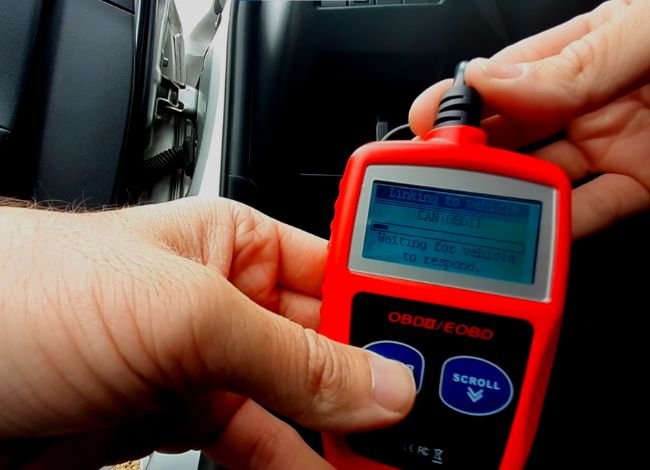
Check the gasoline system during this stage:
Visually checking the gasoline system is recommended to look for any obvious symptoms of deterioration, such as leaks or obstructions. Look for any damage or obstacles in the fuel pressure regulator, the fuel lines, and the filter. Conclusively inspect the fuel pressure sensor. Check for proper operation of the fuel rail pressure sensor. Test the sensor’s wire for resistance and continuity using a multimeter. The sensor might need to be changed if it’s broken.
Monitor fuel pressure:
The pressure has to be verified to ensure it complies with the manufacturer’s requirements. A fuel pressure gauge may check the fuel rail or regulator pressure. If the fuel pressure is abnormally high or low, the fuel pressure regulator, fuel pump, or other parts may be at fault.
Check the fuel injector:
You need to examine the fuel injection system for any electrical problems, such as frayed cables or damaged connections. Using a wiring diagram, check the wiring for resistance and continuity in the fuel injection system. Test the fuel pressure regulator. The fuel pressure regulator should be put to the test. Apply vacuum to the regulator using a vacuum pump, then observe the reaction of the fuel pressure. It could be necessary to replace the regulator if it is not operating properly.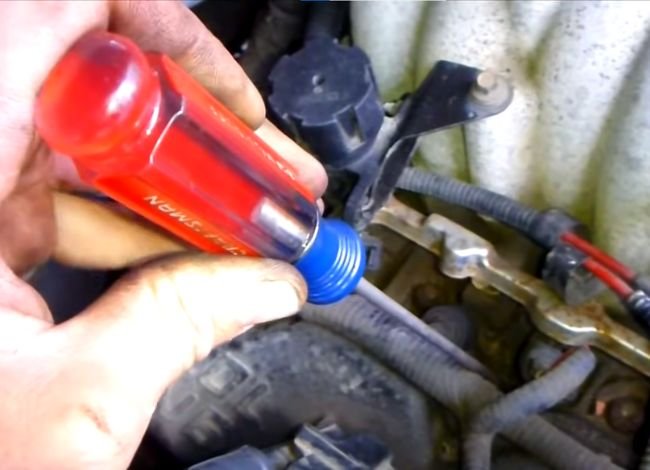
Conduct a smoke test:
A smoke test may be used to find out fuel system leaks. Leaks are detected when the system produces smoke, which is put into the system. All relevant codes must be identified and fixed to guarantee appropriate engine performance and efficiency. Thus, you can perform a full diagnosis process for code P228F. 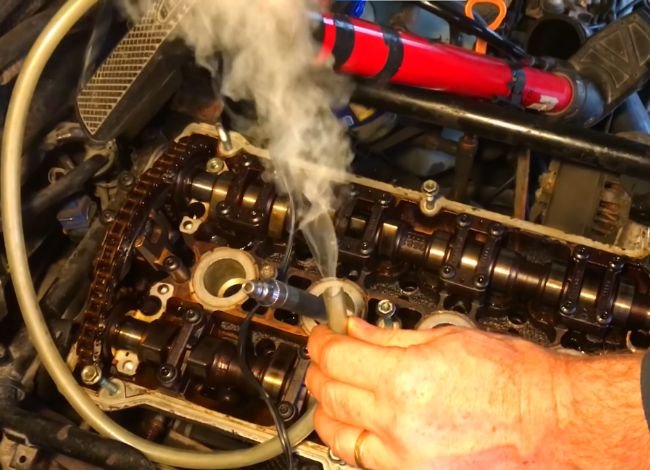
How to Fix DTC P228F?
Often include locating the source of the error and taking appropriate action. Changing the fuel pressure regulator is one of the frequent repairs.
- Change the fuel filter. The fuel pump should be fixed or replaced. Changing out gasoline lines that are rusted or damaged.
- Fix any electrical problems the fuel injection system may have. It is significant to note that diagnosing and repairing P228F can be challenging; it is frequently preferable to seek the help of an experienced mechanic. A mechanic will have the equipment and knowledge required to identify the issue and carry out the necessary fixes.
What vehicle parts are associated with DTC P228F?
Many auto parts connected to the fuel injection system, such as are linked to DTC P228F.
Fuel pressure regulator:
Controlling the fuel pressure in the fuel rail is the responsibility of the fuel pressure regulator. The P228F code can be set off by either an excessively high or excessively low fuel pressure, which a malfunctioning regulator can cause.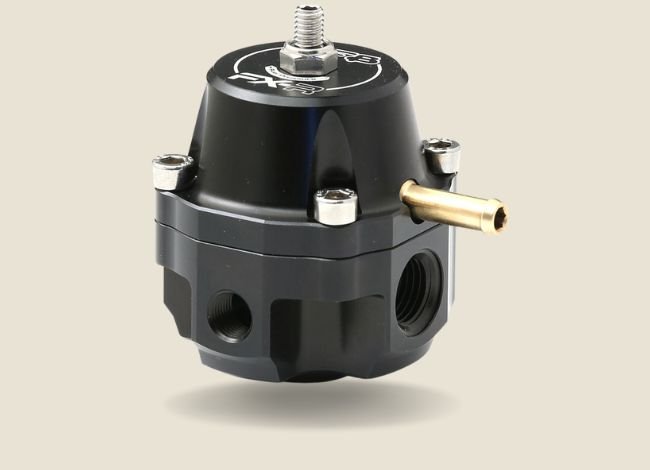
Fuel rail pressure sensor:
The fuel rail pressure sensor continuously measures the fuel pressure in the fuel rail and transmits a signal to the engine control module (ECM) to instruct it to change the fuel injection system as necessary. The P228F code may be set off if the sensor isn’t working properly.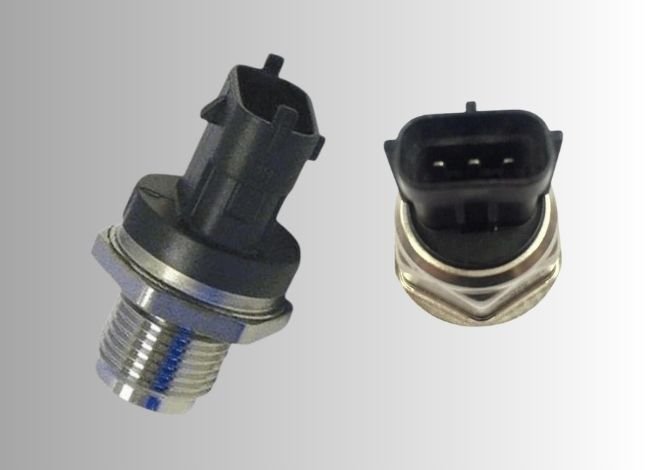
Fuel lines:
Fuel is transported via the fuel lines from the fuel tank to the fuel rail. The fuel pressure may be excessively high or inadequately low due to broken or blocked gasoline lines, resulting in the P228F error code. Fuel rail: Fuel is transported from the fuel tank to the fuel rail by the fuel pump. Fuel pressure readings, either too high or too low, might result from a malfunctioning fuel pump and set off the P228F error code.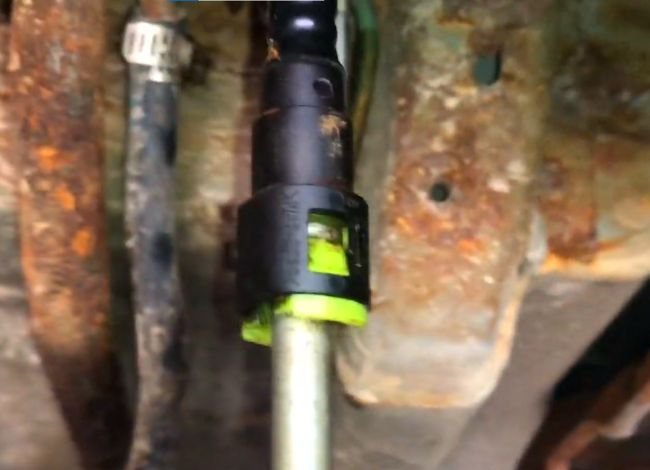
Wiring and connectors:
The fuel injection system’s wiring and connections may result in the P228F code being set. The fuel pressure regulator or fuel rail pressure sensor may malfunction, triggering the P228F error code. This can happen if the wiring or connections are broken or damaged. In order to fix the P228F error code and guarantee appropriate engine performance and efficiency, it is essential to diagnose and fix these components correctly. Before reaching the fuel injectors, the fuel filter cleans the gasoline of contaminants. The P228F code may be set off by low fuel pressure, which is brought on by a blocked fuel filter.
Common mistakes take place while diagnosing P228F code
In diagnosing this code, let’s have a look at some of the most logical variations. The P228F code diagnosis can be difficult, and certain frequent errors can happen. Here are some of the most typical errors to prevent:
Failing to check the code
It is crucial to ensure that the P228F code is real and not incorrect before starting any diagnostic procedures. A loose gas cap or some unrelated problem may set off a false code. Always check thoroughly and validate the code with a diagnostic scanner.
Leaving out associated codes:
The P228F code frequently connects with P0087, P0191, or P2293. Ignoring these codes might result in incorrect diagnoses and inadequate remedies. Fuel pressure is a crucial metric in the fuel injection system, and failing to verify it might result in an incorrect diagnosis. Always use a fuel pressure gauge to check the fuel pressure to make sure it is within the manufacturer’s guidelines.
Without the fuel pressure regulator:
The fuel pressure regulator is a frequent source of the P228F code, and failing to check it might result in a false positive. It is so necessary to ensure the fuel pressure regulator is working properly, and it should always be tested using a vacuum pump.
Without checking the gasoline lines and connectors:
Fuel lines and connectors can get blocked or broken, leading to problems with fuel pressure that result in the P228F code. Always look for any evidence of damage or obstruction in these parts.
Not utilizing OEM components:
Using aftermarket parts or components that do not adhere to OEM standards may result in extra problems and error codes. While fixing the fuel injection system, only use the Original features.
An incomplete diagnosis can lead to a misdiagnosis and inefficient fixes for the P228F code, which can have several causes. To guarantee good engine performance and efficiency, always conduct a thorough diagnosis and deal with any relevant codes. You may increase the precision of the diagnosis and ensure successful fixes for the P228F code by avoiding these typical blunders.
Concluding notes
The diagnostic problem code P228F indicates an issue with the fuel injection system. The engine performance, fuel efficiency, and emissions might all be negatively impacted by this code. It’s crucial to take care of the issue immediately to prevent further harm to your engine if you think your car has P228F-related problems. Your vehicle’s performance and effectiveness can be recovered by determining the root cause of the code and treating it appropriately. You may become an expert on the fault code P228F with the aid of this tutorial, and if you so want, you can even remove the code on your own.
Diagnostic Codes that are Related to DTC P228″
P228F is associated with several codes. Among the most popular codes are.
P0087 – Fuel Rail/System Pressure Too Low
P0088 – Fuel Rail/System Pressure Too High
P0191 – Fuel Rail Pressure Sensor Circuit Range/Performance
P0192 – Fuel Rail Pressure Sensor Circuit Low Input
P0193 – Fuel Rail Pressure Sensor Circuit High Input
P2293 – Fuel Pressure Regulator 2 Performance
P2294 – Fuel Pressure Regulator 2 Control Circuit/Open
P2295 – Fuel Pressure Regulator 2 Control Circuit Low
P2296 – Fuel Pressure Regulator 2 Control Circuit High
The issues with the fuel injection system, specifically the fuel pressure regulator and fuel rail pressure sensor, are all mentioned in these codes. If any of these codes, besides P228F, are present, they could offer additional hints to the underlying problem and should be handled appropriately. It is very crucial to identify and remove any relevant codes.
